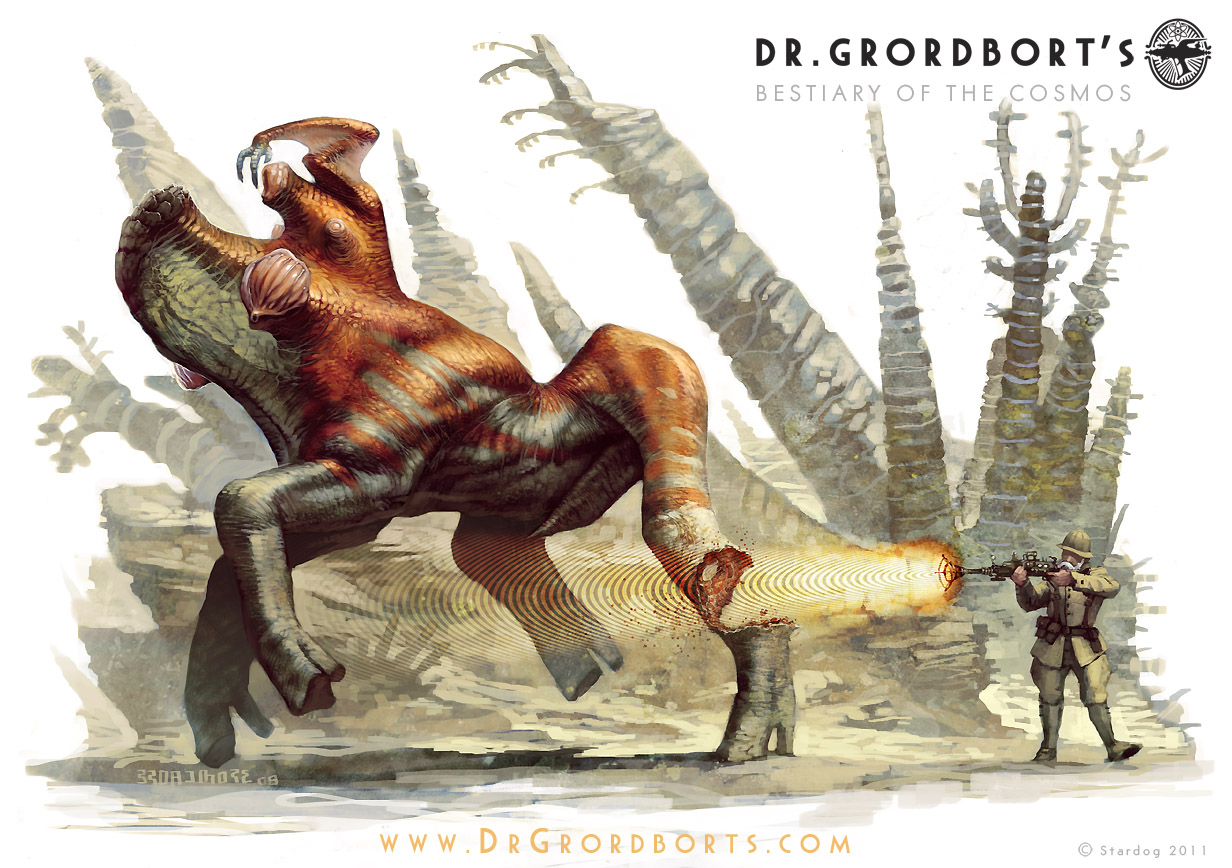

Though his suggestions that there are some common elements among different genres is sensible and in keeping with the evidence he cites, Bates surprises the reader by also claiming that the various types of authors shared "no common motivation for writing 'if we set aside motivation of selling publications'" (p. 16) and the "concept of monsters as part of a greater order underpinned much of the scholarly effort that was devoted to their description" (p.

In part, the meaning in all three genres is related to the search for order out of chaos: accounts of monstrous births in popular literature "were a response to disorderly events, but one that was intended to promote order" (p. This is a characteristic Bates sees in all three genres he considers: popular literature (equated with broadsides and ballads), journals (represented by the Philosophical Transactions of the Royal Society, Miscellanea Curiosa, and Journal des Savans), and books. Each monster required individual interpretation, because the interest generated was not simply a desire for news of the exotic or strange rather, monstrous births were interesting because they "were thought to have a deeper meaning" (p. 199) in which authors actively "invited" (p. Īnother similarity he identifies among accounts is the "search for hidden 'truths'" (p. 56), he bases this conclusion on the fact that the extant descriptions are retrospectively diagnosable by modern investigators (p. Because he admits that early modern accounts are often "hard to substantiate. So he stresses that descriptions of monstrous births were "real" and most often based on eyewitness accounts authors were very concerned about the "accuracy and credibility of their accounts" (p. 199), he does believe that certain commonalities can be identified. One of his principal intentions is to illustrate the various types of accounts of monstrous births between approximately 15, because though he argues that the "history of monstrous births cannot be reduced to a single narrative" (p. Bates has several explicit goals for this work, all of which are intriguing but which he accomplishes with varying degrees of success.

It fits well within that literature, responding to, challenging, and, especially, building on earlier research.

This book joins a growing literature on monstrous births in early modern Europe.


 0 kommentar(er)
0 kommentar(er)
